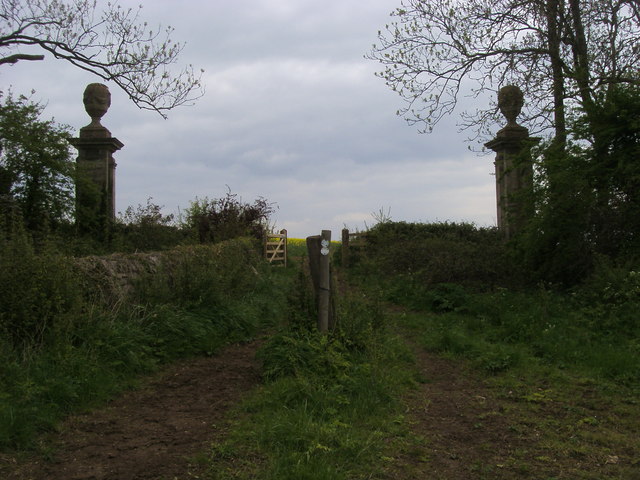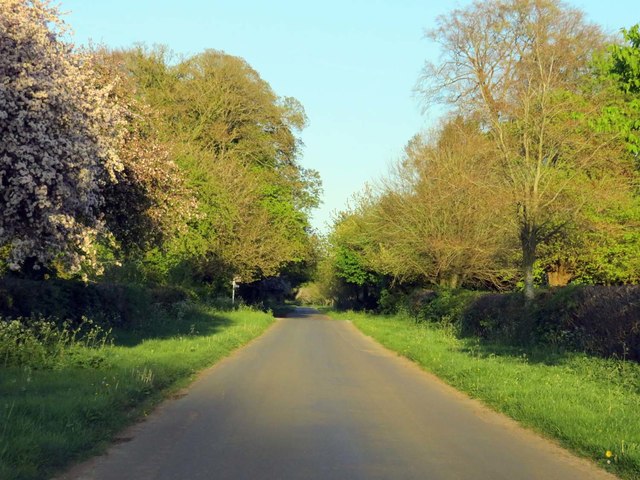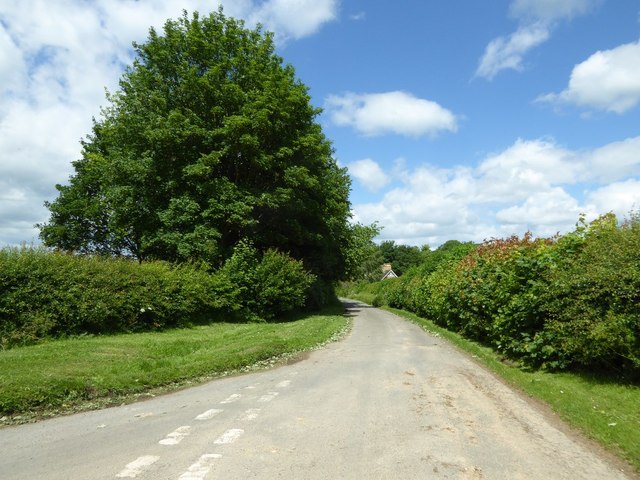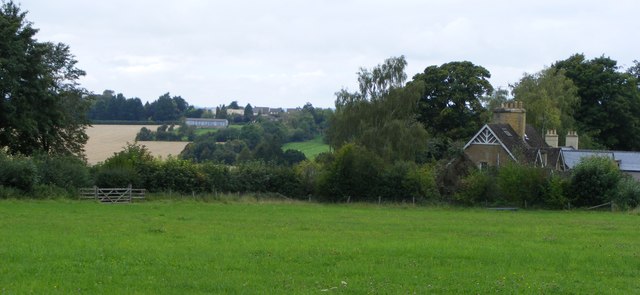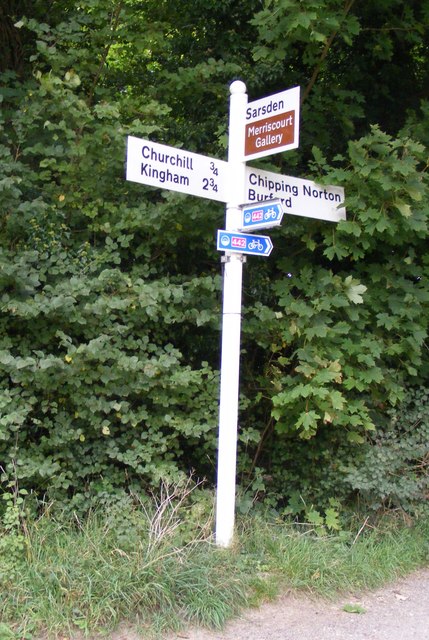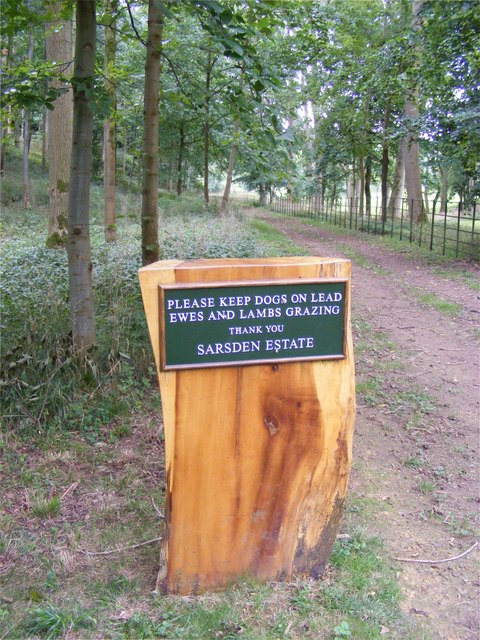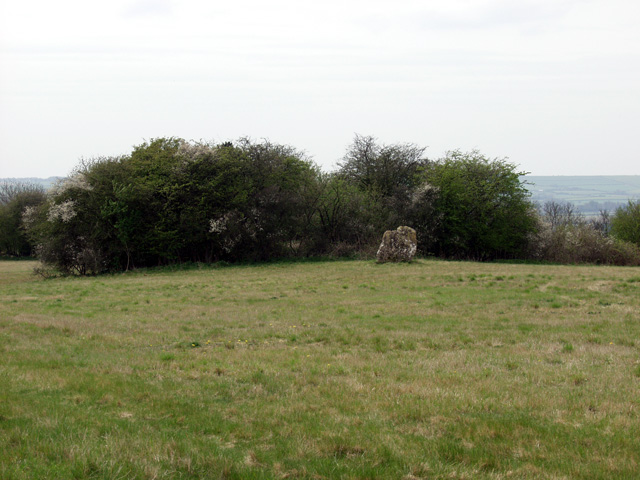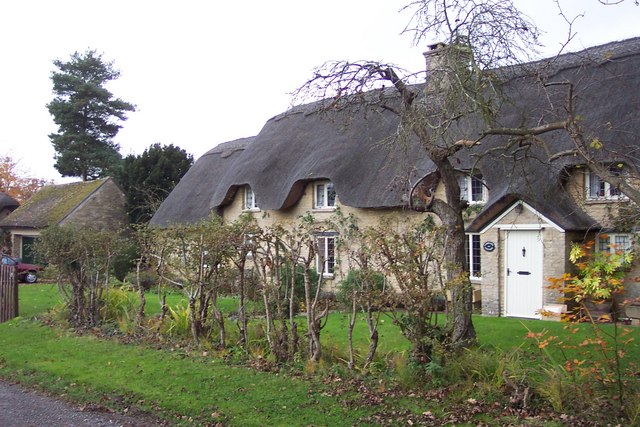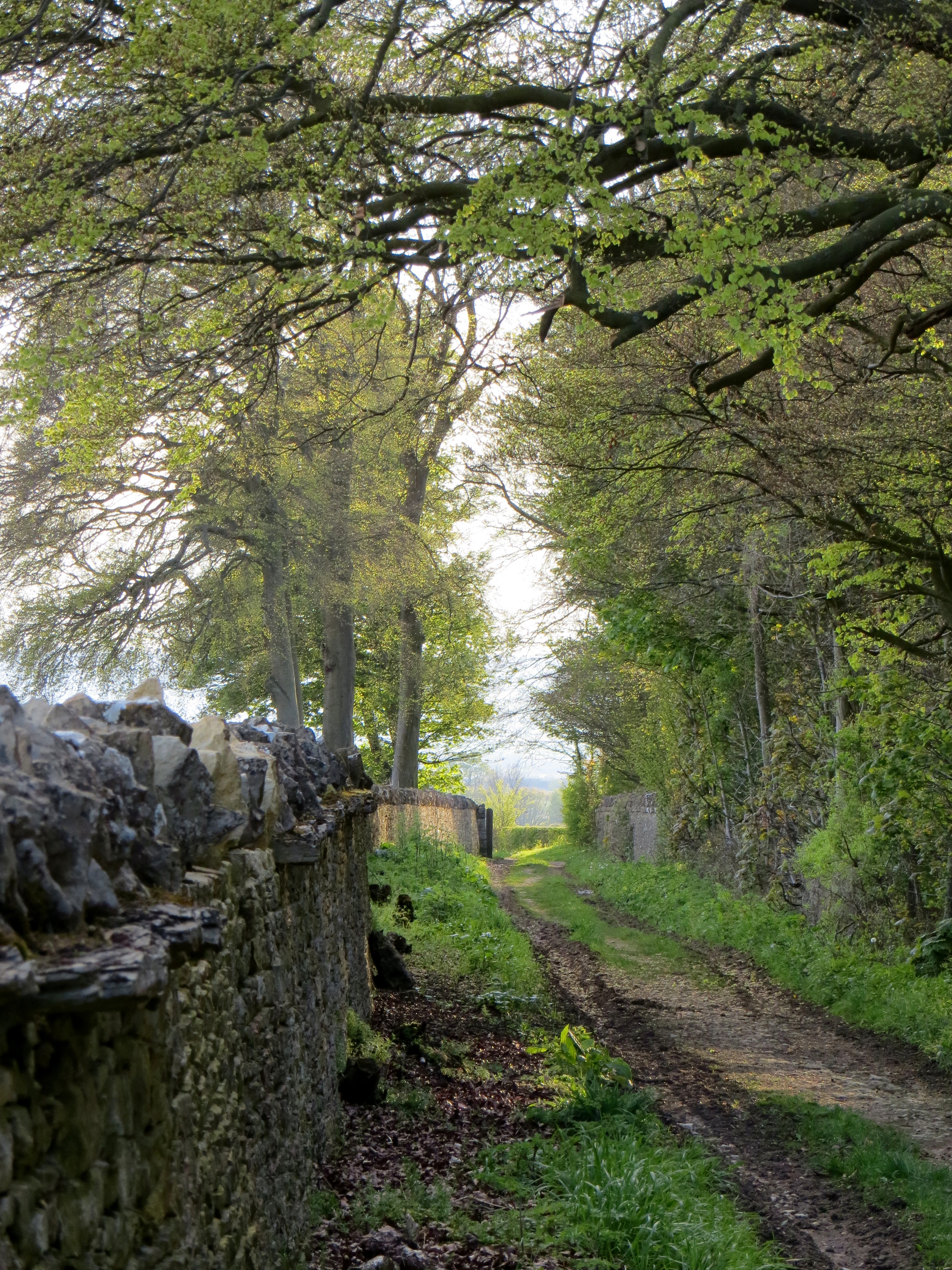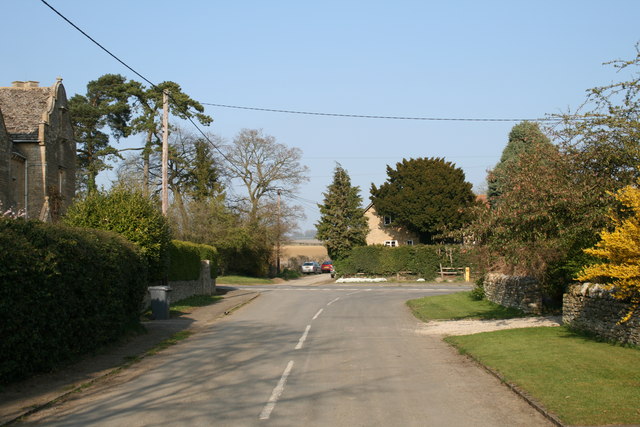Jubilee Plantation
Wood, Forest in Oxfordshire West Oxfordshire
England
Jubilee Plantation

Jubilee Plantation is a picturesque woodland located in Oxfordshire, England. Covering an area of approximately 500 acres, it is a popular destination for nature enthusiasts and those seeking tranquility amidst the natural beauty of the countryside.
The plantation is characterized by its diverse range of tree species, including oak, beech, and birch, which create a rich and vibrant landscape throughout the year. The trees provide a habitat for a variety of wildlife, such as deer, foxes, and a wide range of bird species, making it a haven for wildlife enthusiasts and birdwatchers.
The woodland is crisscrossed with a network of well-maintained walking trails, allowing visitors to explore the area at their own pace. These trails offer stunning views of the surrounding countryside, with rolling hills and open fields adding to the charm of the plantation.
One of the standout features of Jubilee Plantation is its ancient woodland, which has been preserved for centuries. This area is home to some of the oldest trees in the woodland, some dating back hundreds of years. Their gnarled trunks and majestic canopies provide a sense of history and awe, reminding visitors of the long-standing connection between humans and nature.
Jubilee Plantation is open to the public year-round and is managed by local conservation organizations, ensuring the preservation of its natural beauty and the protection of its wildlife. Whether for a leisurely stroll, a picnic amidst the trees, or simply to immerse oneself in the tranquility of nature, Jubilee Plantation offers an idyllic escape from the bustling city life of Oxfordshire.
If you have any feedback on the listing, please let us know in the comments section below.
Jubilee Plantation Images
Images are sourced within 2km of 51.897701/-1.563977 or Grid Reference SP3022. Thanks to Geograph Open Source API. All images are credited.
![Wayside cross, Sarsden According to the Historic England listing there is a question of the age of this wayside cross in Sarsden. The cross is described as "apparently early to mid-C14 but possibly early C19 reusing medieval stonework", the thinking being that it may have used some stone from Churchill church which was demolished in the early 19th century. The cross is Grade II* listed.
Historic England description
Not shown on O.S. map. Wayside cross. Apparently early to mid-C14 but possibly early C19 reusing medieval stonework. Limestone. Short octagonal shaft with gabled canopy having small circular socket to top on octagonal plinth with blind cinquefoil-headed panel to each side. Base of 6 wide steps forming irregular octagon. The cross is not marked on detailed estate maps of the area made in 1788 and 1795 nor do the accompanying terriers give any indication of its existence through field names. The cross was drawn by J.C, Buckler in 1825, the year in which most of the old church at Churchill (q.v.) was demolished, and it is possible that fragments from there were used to make up the cross. (Buildings of England: Oxfordshire: p753; B.J. Marples: The Medieval Crosses of Oxfordshire: Oxoneinsia 38 (1973), pp.302, 303, 308; Bodleian Library, Oxford: MS.Top.0xon.a.68 No.453; Oxfordshire County Record Office, estate maps) [2645]
Source: <span class="nowrap"><a title="https://www.historicengland.org.uk/listing/the-list/list-entry/1053279" rel="nofollow ugc noopener" href="https://www.historicengland.org.uk/listing/the-list/list-entry/1053279">Link</a><img style="margin-left:2px;" alt="External link" title="External link - shift click to open in new window" src="https://s1.geograph.org.uk/img/external.png" width="10" height="10"/></span>](https://s3.geograph.org.uk/geophotos/05/42/57/5425707_686cb836.jpg)
![Wayside cross, Sarsden According to the Historic England listing there is a question of the age of this wayside cross in Sarsden. The cross is described as &quot;apparently early to mid-C14 but possibly early C19 reusing medieval stonework&quot;, the thinking being that it may have used some stone from Churchill church which was demolished in the early 19th century. The cross is Grade II* listed.
Historic England description
Not shown on O.S. map. Wayside cross. Apparently early to mid-C14 but possibly early C19 reusing medieval stonework. Limestone. Short octagonal shaft with gabled canopy having small circular socket to top on octagonal plinth with blind cinquefoil-headed panel to each side. Base of 6 wide steps forming irregular octagon. The cross is not marked on detailed estate maps of the area made in 1788 and 1795 nor do the accompanying terriers give any indication of its existence through field names. The cross was drawn by J.C, Buckler in 1825, the year in which most of the old church at Churchill (q.v.) was demolished, and it is possible that fragments from there were used to make up the cross. (Buildings of England: Oxfordshire: p753; B.J. Marples: The Medieval Crosses of Oxfordshire: Oxoneinsia 38 (1973), pp.302, 303, 308; Bodleian Library, Oxford: MS.Top.0xon.a.68 No.453; Oxfordshire County Record Office, estate maps) [2645]
Source: <span class="nowrap"><a title="https://www.historicengland.org.uk/listing/the-list/list-entry/1053279" rel="nofollow ugc noopener" href="https://www.historicengland.org.uk/listing/the-list/list-entry/1053279">Link</a><img style="margin-left:2px;" alt="External link" title="External link - shift click to open in new window" src="https://s1.geograph.org.uk/img/external.png" width="10" height="10"/></span>](https://s2.geograph.org.uk/geophotos/05/42/57/5425710_71a3ec6d.jpg)

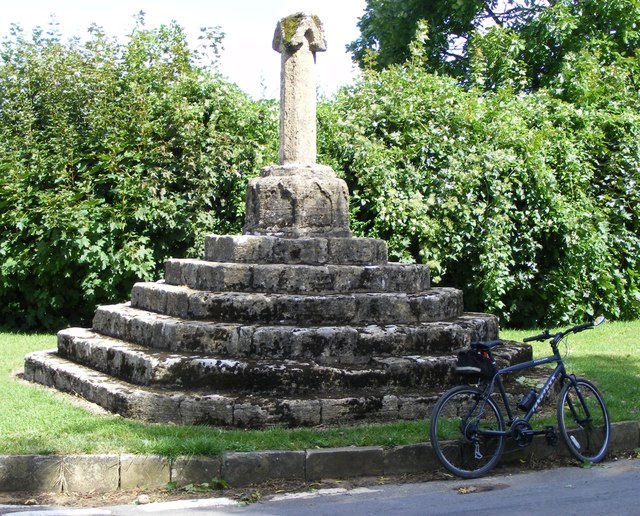
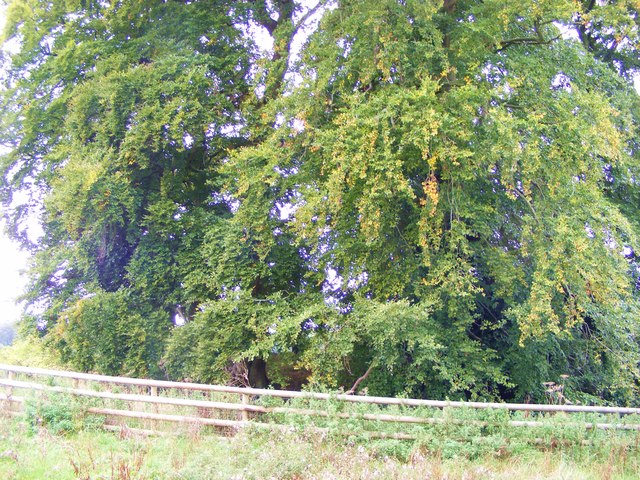
Jubilee Plantation is located at Grid Ref: SP3022 (Lat: 51.897701, Lng: -1.563977)
Administrative County: Oxfordshire
District: West Oxfordshire
Police Authority: Thames Valley
What 3 Words
///dizziness.secondly.different. Near Shipton under Wychwood, Oxfordshire
Nearby Locations
Related Wikis
Lyneham Longbarrow
Lyneham Longbarrow (grid reference SP297210) is a long barrow near Lyneham, Oxfordshire. It is beside the A361 road, between Shipton-under-Wychwood and...
Sarsden
Sarsden is a village and civil parish about 3 miles (5 km) south of Chipping Norton, Oxfordshire. The 2001 Census recorded the parish population as 83...
Knollbury
Knollbury is a scheduled Iron Age hillfort enclosure to the north west of Chadlington in Oxfordshire. Believed to be defensive in nature the enclosure...
Sarsgrove Wood
Sarsgrove Wood is a 41.9-hectare (104-acre) biological Site of Special Scientific Interest south of Chipping Norton in Oxfordshire.This ancient wood has...
The Dower House, Sarsgrove Wood
The Dower House, Sarsgrove Wood is a Grade II* listed house in Sarsgrove Wood, Churchill, Oxfordshire, England (near Chipping Norton).The house has been...
Lyneham, Oxfordshire
Lyneham is a village and civil parish about 5 miles (8 km) southwest of Chipping Norton, Oxfordshire. It is bounded to the southwest by the River Evenlode...
Churchill and Sarsden
Churchill and Sarsden are civil parishes in West Oxfordshire with a common parish council, about 3 miles (5 km) southwest of Chipping Norton. The joint...
Chadlington
Chadlington is a village and civil parish in the Evenlode Valley about 3 miles (5 km) south of Chipping Norton, Oxfordshire. The village has four neighbourhoods...
Have you been to Jubilee Plantation?
Leave your review of Jubilee Plantation below (or comments, questions and feedback).

